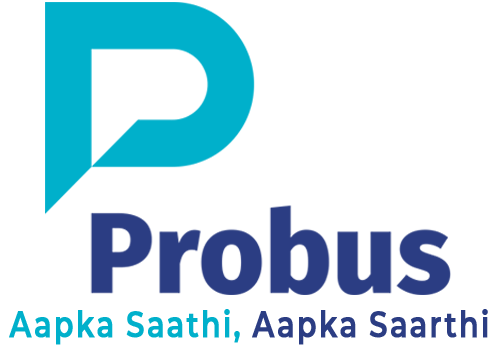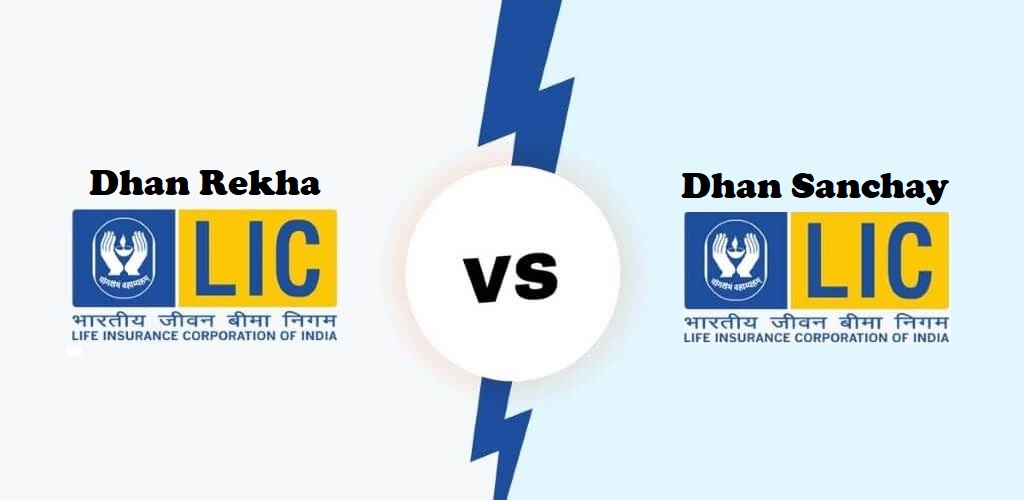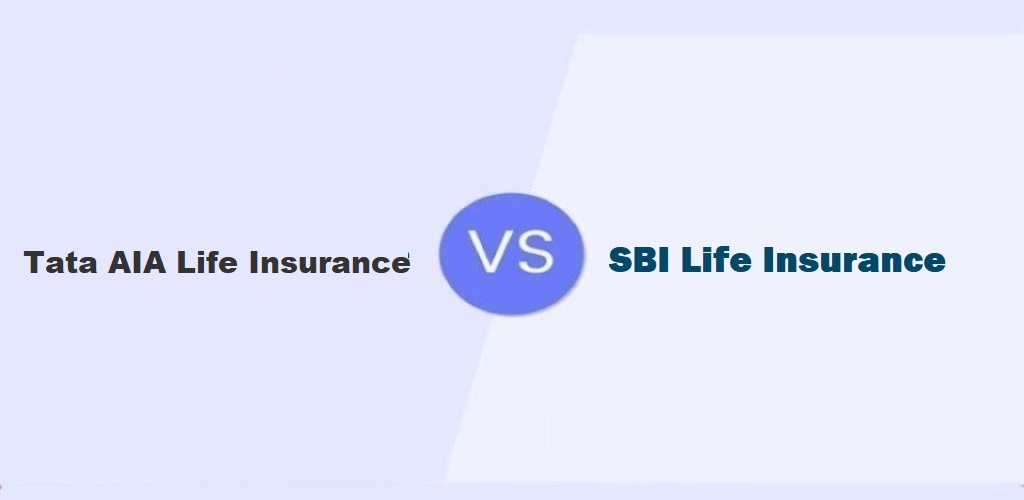Life insurance becomes very important in the backdrop of rising prices, the transition to nuclear families, and changes in lifestyle habits. Every person needs to get appropriate life insurance to ensure the financial stability of their dependents before turning to other areas of financial planning.
Two such life insurance plans from LIC, LIC Dhan Rekha and LIC Dhan Sanchay, allow mapping out a person’s financial goals and long-term objectives, as well as the methods and means by which they will be attained. Though both plans have been designed on the basis of similar foundational aspects, they are different from each other in various means. This post will highlight not only the similarities but also the differences between the two plans so that the readers can make a wise decision while choosing between the two.
What Is LIC’s Dhan Rekha?
LIC’s Dhan Rekha is a non-linked, non-participating, individual savings money-back plan from LIC that offers an alluring combination of protection and savings. This plan’s primary aim is to offer financial assistance to the policyholder’s family in the event of the policyholder’s untimely death while the policy is still in effect.
Additionally, LIC Dhan Rekha offers liquidity through a loan facility. In a news statement dated December 13, LIC stated “The product has various benefits and unique features. There are special premium rates for female lives. The plan is allowed for third gender also. All benefits under the plan are fully guaranteed.”
What Is LIC’s Dhan Sanchay Plan?
LIC’s Dhan Sanchay plan is a non-linked, non-participating individual savings life insurance plan from LIC that combines protection with savings. This plan provides financial assistance to the family in the tragic event that the life assured dies during the term of the policy. It also provides a guaranteed income stream beginning on the maturity date and continuing for the duration of the payment period. The plan comes with four options: Option A, Option B, Option C, and Option D.
Eligibility Criteria Of LIC’s Dhan Rekha & LIC’s Dhan Sanchay Plan
| Parameters | LIC Dhan Rekha | LIC Dhan Sanchay |
| Minimum Entry Age |
| 3 Years (Completed) |
| Maximum Entry Age |
|
|
| Policy Term | 20, 30, & 40 Years |
|
| Basic Sum Assured | Rs. 2,00,000 To No Limit | – |
| Minimum Sum Assured On Death | – |
|
Features & Benefits Of LIC’s Dhan Rekha & Dhan Sanchay: A Detailed Comparison
After taking a look at the eligibility conditions of both plans, let’s compare their features and benefits!
Death Benefit:
Both policies offer death benefits to the policyholder in case he/she expires during the policy period. For LIC’s Dhan Rekha, the “Sum Assured on Death” that the policyholder will get for a single premium payment is equal to 125% of the basic sum assured. The “Sum Assured on Death” for a limited premium payment, however, is 125% of the basic sum assured or seven times the yearly premium.
Under LIC’s Dhan Sanchay plan, for Options A and B, the “Sum Assured on Death” will be higher of 11 times the “Annualised Premium,” the “Sum Assured on Maturity,” or 105% of all premium payments made up until the date of death. If the policyholder chooses option C, his/her “Sum Assured on Death” will be 1.25 times larger than the “Single Premium” or the “Sum Assured on Maturity.” In the case of option D, the “Sum Assured on Death” will be 11 times the “Single Premium.”
Maturity Benefit:
Under LIC Dhan Rekha, the “Sum Assured on Maturity” and any ‘Accrued Guaranteed Additions’ will be paid if the life assured lives past the specified date of maturity while the policy is still in effect. Whereas, under LIC Dhan Sanchay plan, following the policy’s maturity, “Guaranteed Income Benefit” and “Guaranteed Terminal Benefit” will be paid as maturity benefits.
Survival Benefit:
This feature is available with the LIC Dhan Rekha plan and not with the LIC Dhan Sanchay plan. If the life assured survives for each of the indicated durations during the policy period, provided the policy is in place, a set proportion of the basic sum assured will be paid. The fixed proportion for several policy terms is as follows:
| Policy Term (In Years) | Survival Benefits |
| 20 | 10% of the Basic Sum Assured at the end of each 10th and 15th policy year. |
| 30 | 15% of the Basic Sum Assured at the end of each of 15th, 20th, and 25th policy year. |
| 40 | 20% of the Basic Sum Assured at the end of each of 20th, 25th, 30th, and 35th policy year. |
Rider Benefits:
Both plans offer the following rider options to their policyholders.
For Single Premium Payment
- “Accidental Death and Disability Benefit Rider”
- “New Term Assurance Rider”
For Limited/Regular Premium Payment
- LIC’s Accidental Death and Disability Benefit Rider
- LIC’s Accident Benefit Rider
- LIC’s New Term Assurance Rider
- LIC’s New Critical Illness Benefit Rider
- LIC’s Premium Waiver Benefit Rider
Premium Payment Options:
Under the LIC Dhan Rekha plan, the policyholder is provided with the option of two premium payments: Single Premium Payment and Limited Premium Payment. Whereas, under the LIC Dhan Sanchay plan, a single premium payment option is available for plan options, Option C and D. And, the regular and limited premium payment is available with plan options, Option A and B.
Guaranteed Additions:
This feature is available with the LIC Dhan Rekha plan. If the insurance is kept in effect and the premiums are paid on time, ‘Guaranteed Additions’ will be paid. The ‘Guaranteed Additions’ shall accrue at the end of each policy year from the 6th policy year until the end of the policy term. The following chart illustrates how the rate of ‘Guaranteed Additions’ will increase in lockstep with the policy’s duration:
| Policy Duration (In Years) | Guaranteed Additions (Per Rs. 1000 Basic Sum Assured) |
| 6th To 20th | Rs. 50 |
| 21st To 30th | Rs. 55 |
| 31st To 40th | Rs. 60 |
Benefit Illustration Of LIC’s Dhan Rekha & LIC’s Dhan Sanchay Plan
The comparison of the features of both the plans done above is incomplete without comparing their basic functioning. Therefore, this section will highlight how these two plans are different from each other when it comes to offering benefits to their policyholders.
LIC Dhan Rekha:
Let’s say you have purchased the insurance for Rs. 10 lakhs with a 30-year term. You begin paying the premium in the first year and continue until the fifteenth.
At the end of the 15th year (beginning of the 16th), the 20th year, and the 25th year, LIC Dhan Rekha will pay you 15% of the sum assured. After the 30th year (start of the 31st year), it will pay you the full sum assured, or Rs. 10 lakhs, together with ‘Guaranteed Addition’ payments of Rs. 50 from the 6th to the 20th year (Rs. 7,50,000=Rs. 50,000X15) and Rs. 55 from the 21st to the 30th year (Rs. 5,50,000=Rs. 55,000X10). As a result, you will receive Rs. 23,00,000 in total after 30 years.
Let’s take a look at the table below for better clarification!
| Policy Term | Cash Flow | |
| Outflow | Inflow | |
| 1st To 15th Year | -73342 | |
| 16 | 150000 | |
| 17 To 20 | 0 | |
| 21 | 150000 | |
| 22 To 25 | 0 | |
| 26 | 150000 | |
| 27 To 30 | 0 | |
| 31 | 2300000 | |
LIC Dhan Sanchay:
Suppose Mrs. Avantika Kumari, a 29-year-old female, has purchased the policy with a policy term of 5 years. The plan will work for her in the following manner!
| Policy Term | Sum Assured On Maturity | Sum Assured On Death | Annualized Premium Amount |
| 1st Year | 0 | Rs. 2,50,000 | Rs. 2,09,000 |
| 2nd Year | 0 | Rs. 2,50,000 | Rs. 2,09,000 |
| 3rd Year | 0 | Rs. 2,50,000 | Rs. 2,09,000 |
| 4th Year | 0 | Rs. 2,50,000 | Rs. 2,09,000 |
| 5th Year | Rs. 2,49,020 | Rs. 2,50,000 | Rs. 2,09,000 |
What To Choose: LIC’s Dhan Rekha OR LIC’s Dhan Sanchay Plan?
Before jumping to the decision to buy any one of the plans out of the two, keep in mind your financial goals, budget, and monetary needs. Both plans come with their own unique set of features and benefits.
In case you wish to have regular cashback, Dhan Rekha is an ideal option because if you invest for the long term, you will get profits every five years, or after the first half of the insurance period. The plan also offers low premiums for female customers and does not deduce money for death benefits. However, there are many disadvantages of the plan, like a higher lockdown period, significant capital loss in case of surrender, returns are not compounded every year, and more.
Talking about LIC Dhan Sanchay plan, it offers four top-notch benefit options along with assured benefits. The Option D of the plan has higher life coverage as compared to other options of the plan. Since the plan is non-participating and not tied to the market, the policyholders can be assured of getting enough stability in terms of benefits. But similar to Dhan Rekha, LIC Dhan Sanchay also has its own set of cons. Though it offers four plan options, they cannot be changed. Moreover, the maturity benefit of Option C is taxable.
The above comparison may prove helpful for you to find the best option out of the two. Even if you have a limited tolerance for risk as an investor, you should still consider the potential risk and return of both policies before purchasing any one of them.








